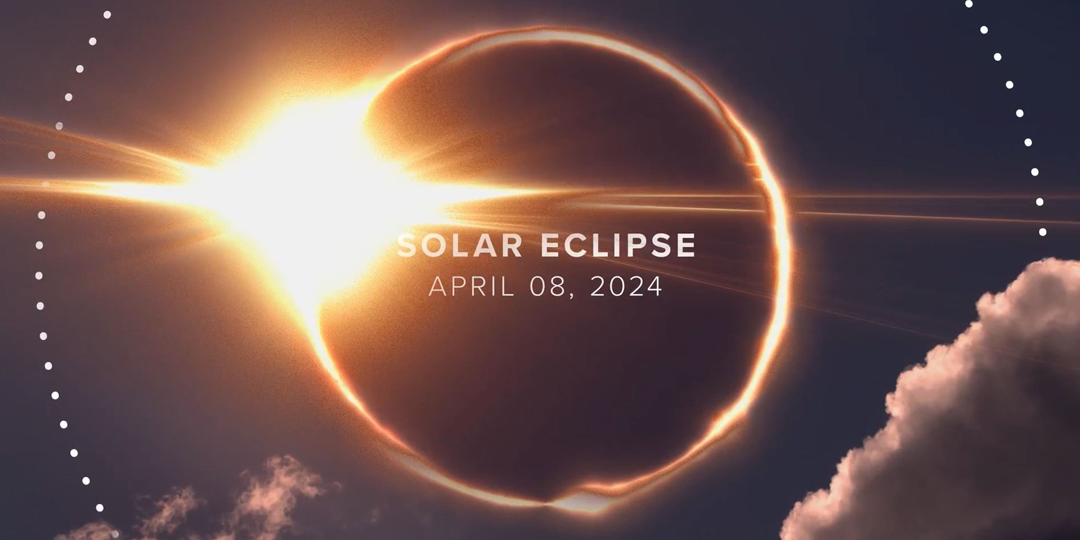On Monday, April 8, people throughout North and Central America will look to the heavens to observe a total solar eclipse. As darkness falls for a few moments, the temperature will drop, streetlights may briefly flicker on, birds and plants will act unusually, and stars and planets will be visible, creating a spiritual and scientific experience.
Christopher Graney, an astronomer and adjunct scholar at the Vatican Observatory, said people still look to the universe for symbolism and meaning, as they did in biblical times. “If you believe God created the universe,” he said, “then the study of the universe is the study of God’s work, and it will teach you something about God; just as if you study a painting by Leonardo da Vinci, you will learn something about da Vinci.”
He added, “There is always something interesting going on in the sky. Sometimes that thing is spectacular and interesting, and everyone knows about it, like the eclipse; sometimes it is subtle and interesting and only astronomy nerds know about it.” Click here to read more from the National Catholic Register.
The next eclipse that will be visible in the United States will be in 2044. If you are planning to watch the eclipse, don’t forget to wear eclipse glasses. Click here for an interactive map of the eclipse path.

